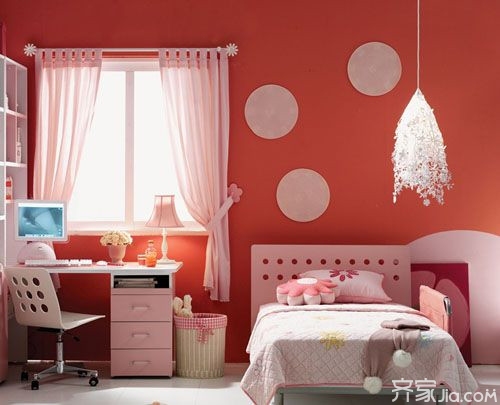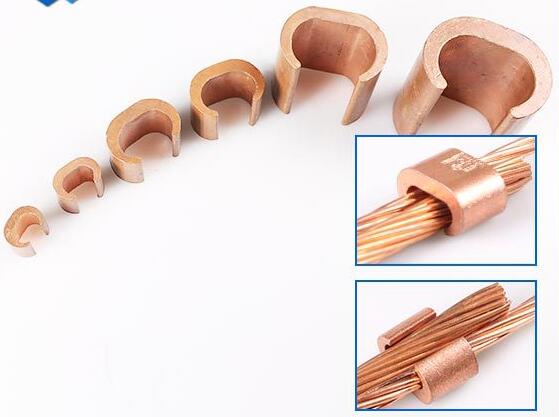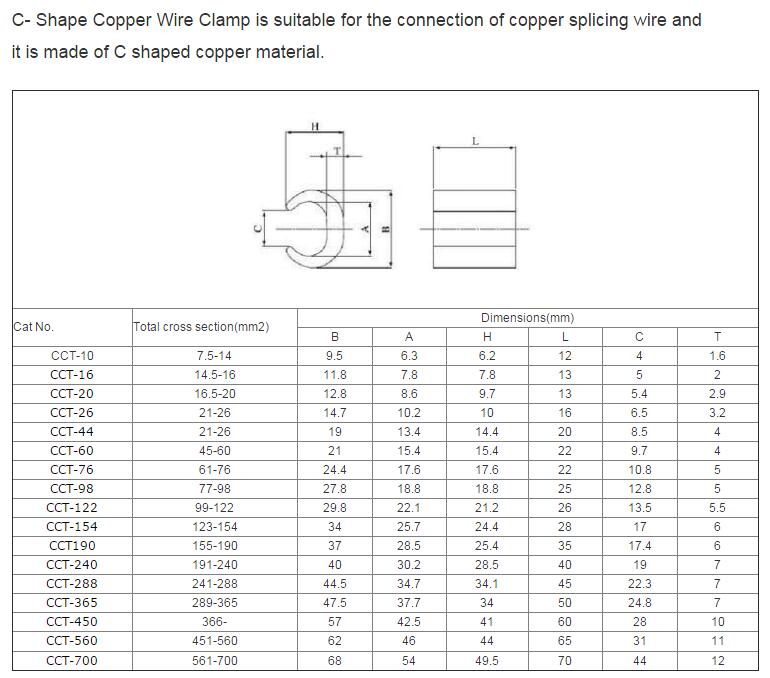Wall decoration is not only to paint, home renovation, the walls need to be renovated, you must use interior paint. Interior wall paints include liquid paints and powder paints for interior walls of buildings. However, there are different categories of interior wall paints, each with different characteristics. What is the interior wall paint, the following author will introduce you to what is the interior wall paint and internal wall coating construction process precautions, and hope to have some help to everyone. What is interior wall paint Interior wall paint is a latex paint for general decoration. Latex paints are emulsion paints. According to the different substrates, they are divided into two categories: polyvinyl acetate emulsion and acrylic emulsion. The latex paint is made of water as the diluent, which is a kind of coating with convenient construction, safety, washability, and good air permeability. It can mix different colors according to different color schemes. Category: Water-based interior wall paint, oily interior wall paint, dry powder type interior wall paint, water-based paint, mainly composed of water, emulsion, pigment, filler and additive. Interior wall paint is also called interior wall paints including liquid paints and powder paints. Common latex paints and wall paints are liquid paints. The ingredients used to make the interior wall paint consist essentially of water, pigments, emulsions, fillers, and various additives. These raw materials are not toxic. As a latex paint, it may be poisoned mainly by organic mercury in the ethylene glycol and anti-mold agent in the coalescent. Interior wall coating construction process 1. Primary treatment The construction method of common putty: before the paint is applied, the wall needs to be leveled with a putty, generally 821 gypsum putty, cellulose white putty or 107 glue putty can also be used. The latter is less used, but the construction methods are mostly the same. First, remove the dirt and oil traces from the grass roots, apply a thin layer of 107 glue, and apply the putty after drying. Put the putty powder with water and stir it before use. Usually after the completion of scraping two, smooth and smooth. Gypsum putty is used up within the specified time. The construction method of water-resistant putty: The surface of the base layer is required to be solid and clean, without oil pollution. Before applying putty, apply a back cover to the base coat for back cover treatment. Usually two batches are scraped, no need to scrape too thick, and strive for uniformity. The water-resistant putty generally does not require special grinding. If there is a local need for repair, it can be lightly polished, and the surface dust can be removed in time after being polished. Stainless steel or squeegee should be used to avoid rust. 2. Primer In the past, interior wall paint construction often did not require a sealer primer. However, from the actual use of the process and foreign advanced experience, the use of closed primer to ensure the quality of the process has a great effect. 3. Must be constructed according to the coating method In interior wall coatings, latex paint occupies a large proportion, and roller coating and brush coating are commonly used. In addition, spraying, troweling, troweling and other construction methods can also be adopted. Can be used alone or in combination. The roller coating construction is simple and non-professional construction personnel can operate on their own. Different types of rollers can be used to roll out different patterns. Pay attention to the amount of slurry suction on the roller when applying the roller. Not too much or too little, the amount of slurry must be properly uniform. When roller coating is applied on the wall, use the bottom-up method to prevent it from flowing. When the paint on the roller is used up to 50%, it should be rolled and then roll-coated, which is conducive to long-term construction operations. Interior wall coating construction process matters needing attention 1. Before applying the paint, check the label and stir it well. After use, the cover must be tightly closed. 2. The storage and construction of the paint should conform to the temperature conditions specified in the product specification, and should normally be above 5°C. If the paint freezes during storage and transportation, it should be allowed to thaw naturally in a room with a higher temperature, and it must not be baked. After thawing, the paint was confirmed to have no qualitative change before it could be used. 3. The color of the paint is best finished by the manufacturer or distributor to ensure the consistency of the color of the batch of paint. If you need to adjust the color on the construction site, you must use the colorants that are supplied by the manufacturer or designated as the scare and place of production. 4. Some polyurethane (polyester) paints contain more free toluene diisocyanate, which can cause yellowing of latex paint during brushing and volatilization. Polyurethane (polyester) paints and latex paints should be avoided at the same time. It is best to paint the paint after the polyurethane (polyester) paint is completely dry. 5. Interior decoration construction often involves crossover operations of other types of work. Attention should be paid to the finished product protection of the coating project. If the wall surface that has already been constructed is contaminated by dirt, it can be scrubbed gently with a clean, wet cloth, and should be re-applied when it is heavily contaminated. If you accidentally get paint, wipe it off with thinner before the paint dries. 6. After the coating is dry, do not soak it for a long time before handing in to avoid quality accidents. 7. Brushing tools should be cleaned and properly kept. Editor's summary: The above is related to what is the internal wall paint and internal wall coating construction process information, is for reference only, I hope to be helpful to everyone. If you want to know more related information, you can pay attention to this website information. coating Electric cable accessory C shape copper clamp is used for lightning protection of building, conductor of the fastening and connection of the net work.
C type Copper Connecting Clamp is made of the copper material low resistivity is good electrical conductivity, good corrosion resistance and convenient installation, specialized production, the price is competitive.
If you have any questions, please contact with us directly.
C Type Copper Connector,Terminal Connector,Usb C Connector,Cct Copper Connector Shandong Vantage International Trade Co., Ltd. , https://www.steelplate.be




Our company is solemnly committed to the majority of customers: reasonable price, short production cycle, considerate service. We look forward to cooperating with you.